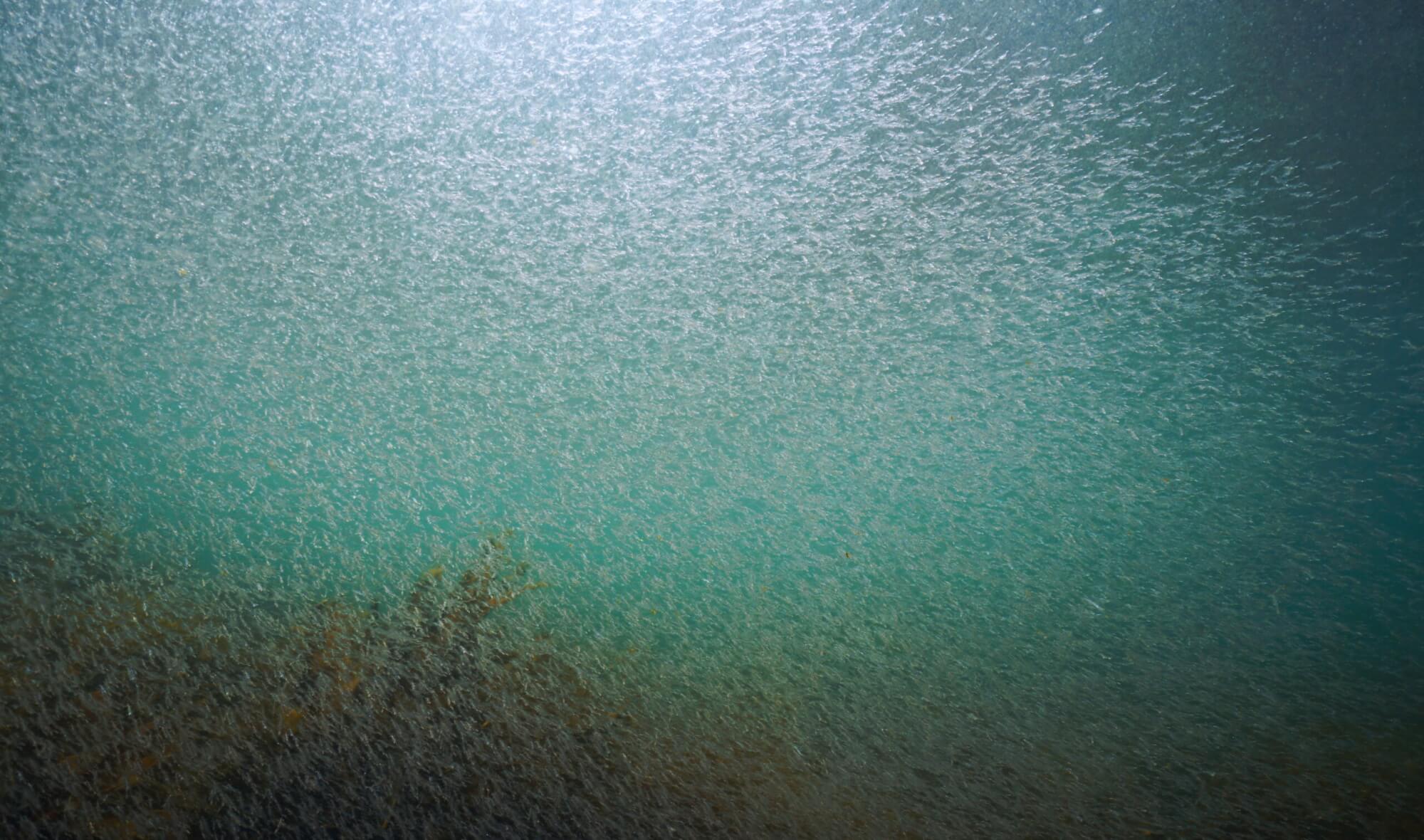Imagine 150 cars piled on top of one another like a mountain. Sounds impressive, doesn’t it? But hold on: it seems that one particular marine mammal might have already weighed as much as all these vehicles combined!
From a remote desert in Peru’s Ica River Valley, a team of paleontologists has just exposed the fossilized remains of a gigantic marine specimen: Perucetus colossus. This cetacean likely lived nearly 40 million years ago and would have had a total of skeleton estimated mass of between five and eight tonnes. What a huge whale! This impressive discovery means that the blue whale is perhaps on the verge of losing its status as the heaviest animal to have ever existed on Earth!
A major discovery
Blue whales, which can measure up to 30 metres long, easily outclass Perucetus colossus in terms of length. The latter is believed to have only measured about twenty metres. On the other hand, it was likely much heavier. Thanks to estimates obtained from the few bones recovered from Peruvian soils, paleontologists from the University of Pisa, Italy, concluded that representatives of this intriguing species might have weighed between 85 and 340 tonnes!
Given that the burliest blue whales can reach nearly 190 tonnes, we understand that they are considerably lighter than the largest Perucetus. Amongst other things, it was the imposing vertebrae, some of which weighed over 100 kg, that were used to estimate its mass. The animal’s ribs measured up to 1.4 m long. A total of 13 vertebrae, four ribs and a hip bone were unearthed.
It took paleontologists over 10 years to extract the majority of the bones from the grounds. The mountainside where the bones were discovered was already renowned for its marine fossils, as this desert region was submerged by the sea millions of years ago. As the work of paleontologists requires patience and attention to detail, the field teams are careful to handle any buried treasure they find with utmost caution. What’s more, considering the size and shape of the Perucetus bones, we can better understand why more than a decade passed between the discovery of the specimen and its extraction!
What's the point of being so heavy?
The expert teams that analyzed the Perucetus bones detected osteosclerosis. This is a process that increases the density of bones by filling in their internal cavities that are normally filled with air. A bone condition called pachyostosis was also observed on the animal’s vertebrae, a process that, on the surface, makes the bones appear more imposing.
These two adaptations suggest that Perucetus fed near shallow seabeds. Why? Denser – and therefore heavier – bones inevitably drag an animal toward the depths of the water bodies it frequents. Perucetus would thus have enjoyed easier access to food resources in deep waters.
On the other hand, a massive skeleton makes it difficult to return to the surface, unlike low-density bones. This explains why this cetacean was probably unable to feed hundreds of metres below the surface.On the other hand, a massive skeleton makes it difficult to return to the surface, unlike low-density bones. This explains why this cetacean was probably unable to feed hundreds of metres below the surface.
Indeed, in the course of evolution, it would seem that low-density bones would have been more advantageous for whales living in deep waters. In fact, this bone adaptation would make it possible to return to the surface following a deep dive with minimal energy expenditure. In fact, modern whales that dive to great depths such as the sperm whale have low-density bones.
As an ancestor of today’s whales, Perucetus exhibits these bone specializations – the result of evolution – because they were essential in its ability to forage for food. Manatees, which feed in shallow coastal waters, also show this type of adaptation.
What exactly did this enormous Perucetus eat? Scientists don’t yet have the answer, as the animal’s skull is still missing; indeed, the shape of the head and jaw would give them a good idea of its diet.
The continuous loop of gigantism
Even if we do not yet know what its diet consisted of, we do know that an animal the size of Perucetus colossus would have had to ingest significant quantities of food to meet its energy requirements. Logical, as the bigger an animal is, the more it needs to eat. But the more the animal needs to eat, the bigger it must be to swallow these volumes of food. So it’s an endless loop. The same principle is observed in the blue whale, which owes its enormous size both to the engulfing technique (and large mouth!) it uses to feed, as well as the impressive quantity of krill that it consumes every day.








